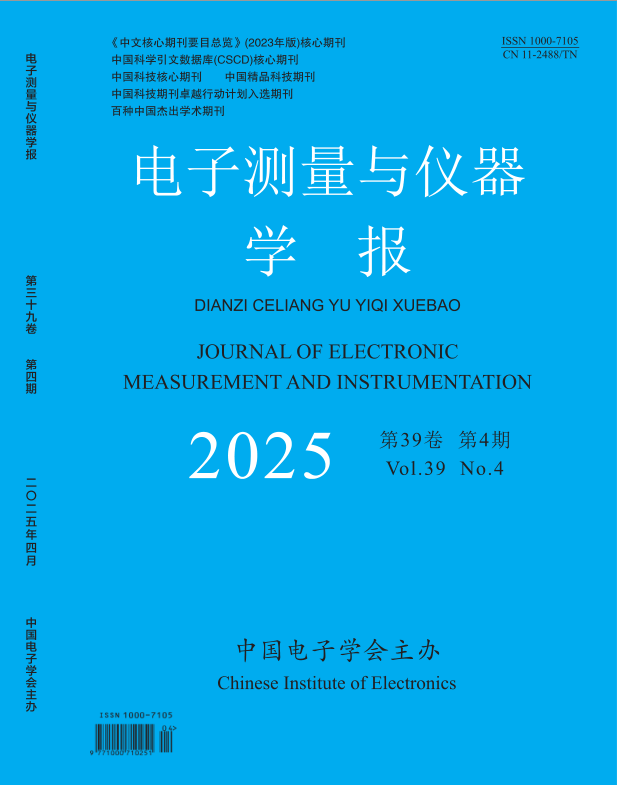2023, 37(2):142-150.
Abstract:Due to wireless monitoring node rotates with shaft to monitor the film pressure of water-lubricated bearing, the power supply
for wireless node is difficult. The continuity with stability of wireless monitoring node cannot be realized by common power supply
methods, such as battery-powered, slipring-powered, self-powered, etc. For this reason, a contactless power supply method is
proposed, and the coupling mechanism of coupler is studied. First, in order to obtain the relationship between coupler and electrical
parameters, the equivalent magnetic circuit model of coupler was established by magnetic flux path. Second, the influence of core
numbers, gap length, radial offset, and rotation to coupling performance were analyzed by FEA, the capacitor is used to compensate the
coupler circuit, and the output power before and after compensation was compared by co-simulation. Finally, the coupler was installed
on water-lubricated bearing test-rig, and the dynamic test was conducted. The research results show that the simulation and test have
favorable consistency, the coupler has well coupled and offset resistance performances when the gap length is 5 mm, meanwhile, it is not
affected by rotation condition. After compensation, the average output power of coupler is 12. 496 W with a transmission efficiency of
71. 96%, which can meet the needs of wireless monitoring node.
